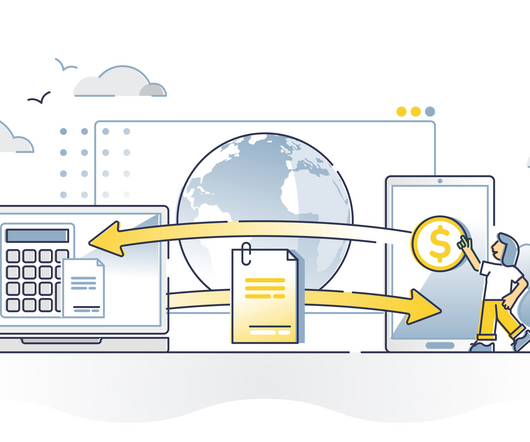What Is an ACH API and How Does It Work?
Stax
JUNE 23, 2025
The way a typical ACH transfer works is as follows: You will initiate the transaction as the originator by sending a Nacha formatted data file containing information about the desired payment to your bank which is called the ODFI (Originating Depository Financial Institution). If a solution doesn’t have documentation, that’s a red flag.











Let's personalize your content